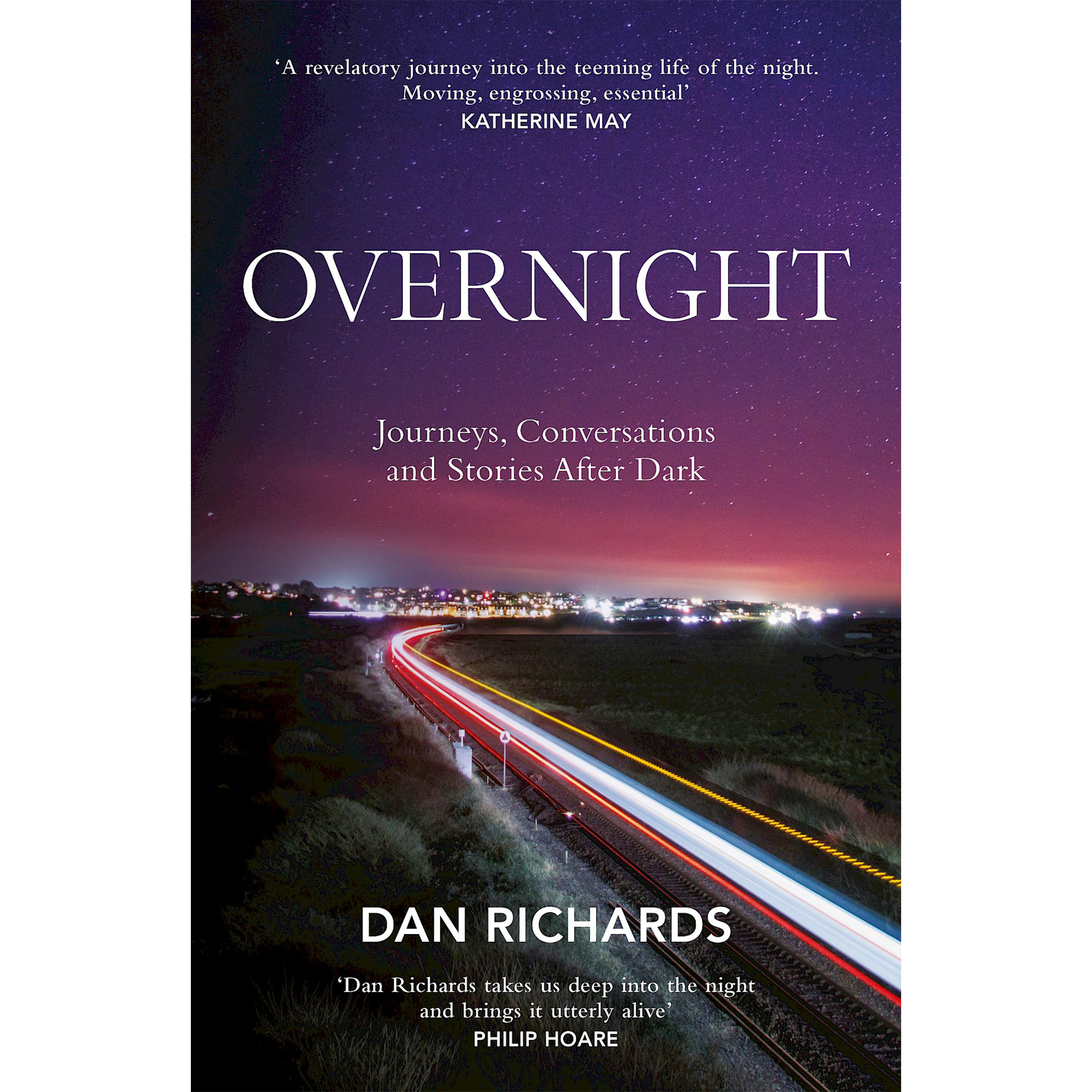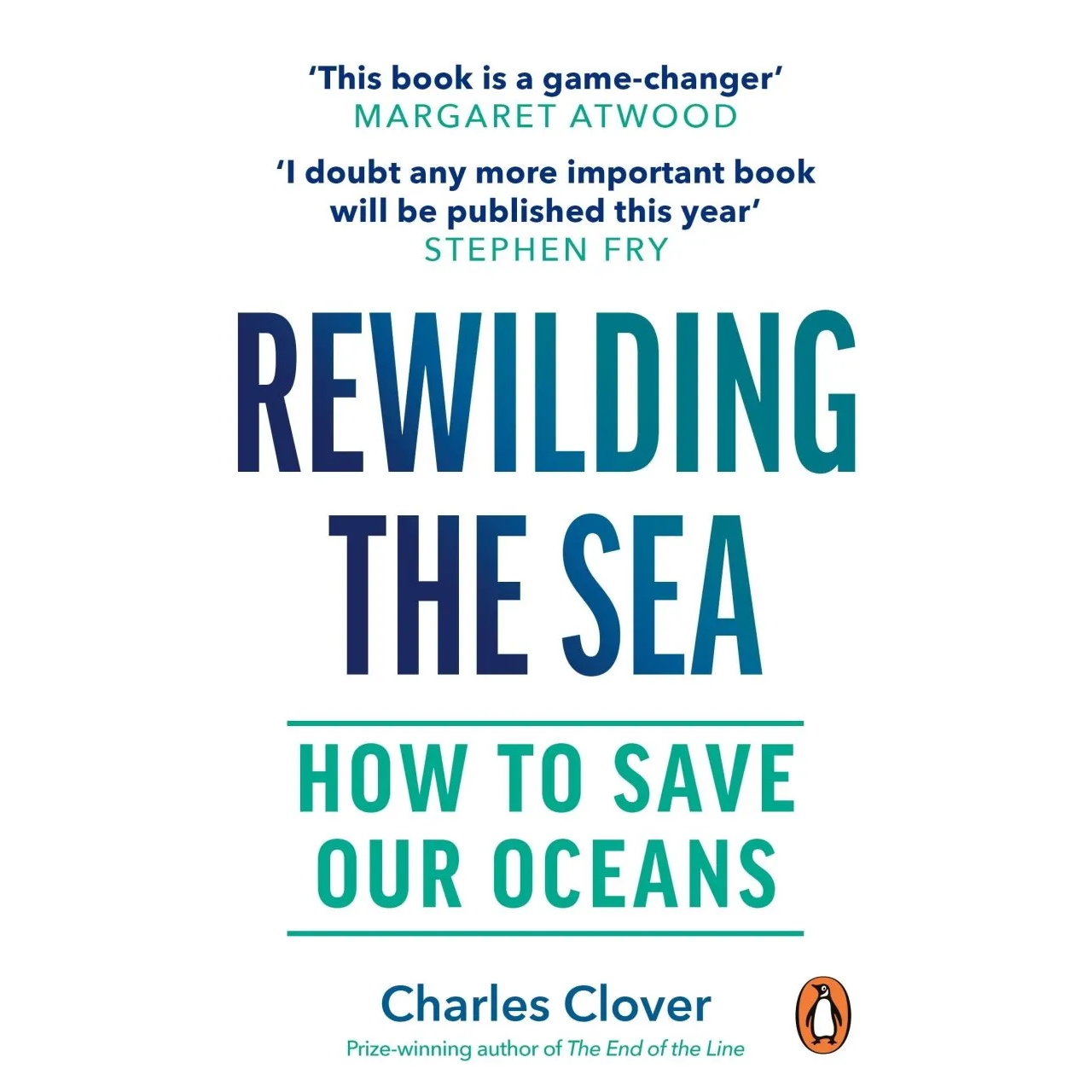The Rise and Reign of the Mammals
The Rise and Reign of the Mammals: A New History, from the Shadow of the Dinosaurs to Us | By Steve Brusatte
The passing of the age of the dinosaurs allowed mammals to become ascendant. But mammals have a much deeper history. They - or, more precisely, we - originated around the same time as the dinosaurs, over 200 million years ago; mammal roots lie even further back, some 325 million years.
Over these immense stretches of geological time, mammals developed their trademark features: hair, keen senses of smell and hearing, big brains and sharp intelligence, fast growth and warm-blooded metabolism, a distinctive line-up of teeth (canines, incisors, premolars, molars), mammary glands that mothers use to nourish their babies with milk, qualities that have underlain their success story. Out of this long and rich evolutionary history came the mammals of today, including our own species and our closest cousins.
But today's 6,000 mammal species - the egg-laying monotremes including the platypus, marsupials such as kangaroos and koalas that raise their tiny babies in pouches, and placentals like us, who give birth to well-developed young - are simply the few survivors of a once verdant family tree, which has been pruned both by time and mass extinctions.
In The Rise and Reign of the Mammals, palaeontologist Steve Brusatte weaves together the history and evolution of our mammal forebears with stories of the scientists whose fieldwork and discoveries underlie our knowledge, both of iconic mammals like the mammoths and sabre-toothed tigers of which we have all heard, and of fascinating species that few of us are aware of. For what we see today is but a very limited range of the mammals that have existed; in this fascinating and ground-breaking book, Steve Brusatte tells their - and our - story.
The Rise and Reign of the Mammals: A New History, from the Shadow of the Dinosaurs to Us | By Steve Brusatte
The passing of the age of the dinosaurs allowed mammals to become ascendant. But mammals have a much deeper history. They - or, more precisely, we - originated around the same time as the dinosaurs, over 200 million years ago; mammal roots lie even further back, some 325 million years.
Over these immense stretches of geological time, mammals developed their trademark features: hair, keen senses of smell and hearing, big brains and sharp intelligence, fast growth and warm-blooded metabolism, a distinctive line-up of teeth (canines, incisors, premolars, molars), mammary glands that mothers use to nourish their babies with milk, qualities that have underlain their success story. Out of this long and rich evolutionary history came the mammals of today, including our own species and our closest cousins.
But today's 6,000 mammal species - the egg-laying monotremes including the platypus, marsupials such as kangaroos and koalas that raise their tiny babies in pouches, and placentals like us, who give birth to well-developed young - are simply the few survivors of a once verdant family tree, which has been pruned both by time and mass extinctions.
In The Rise and Reign of the Mammals, palaeontologist Steve Brusatte weaves together the history and evolution of our mammal forebears with stories of the scientists whose fieldwork and discoveries underlie our knowledge, both of iconic mammals like the mammoths and sabre-toothed tigers of which we have all heard, and of fascinating species that few of us are aware of. For what we see today is but a very limited range of the mammals that have existed; in this fascinating and ground-breaking book, Steve Brusatte tells their - and our - story.
The Rise and Reign of the Mammals: A New History, from the Shadow of the Dinosaurs to Us | By Steve Brusatte
The passing of the age of the dinosaurs allowed mammals to become ascendant. But mammals have a much deeper history. They - or, more precisely, we - originated around the same time as the dinosaurs, over 200 million years ago; mammal roots lie even further back, some 325 million years.
Over these immense stretches of geological time, mammals developed their trademark features: hair, keen senses of smell and hearing, big brains and sharp intelligence, fast growth and warm-blooded metabolism, a distinctive line-up of teeth (canines, incisors, premolars, molars), mammary glands that mothers use to nourish their babies with milk, qualities that have underlain their success story. Out of this long and rich evolutionary history came the mammals of today, including our own species and our closest cousins.
But today's 6,000 mammal species - the egg-laying monotremes including the platypus, marsupials such as kangaroos and koalas that raise their tiny babies in pouches, and placentals like us, who give birth to well-developed young - are simply the few survivors of a once verdant family tree, which has been pruned both by time and mass extinctions.
In The Rise and Reign of the Mammals, palaeontologist Steve Brusatte weaves together the history and evolution of our mammal forebears with stories of the scientists whose fieldwork and discoveries underlie our knowledge, both of iconic mammals like the mammoths and sabre-toothed tigers of which we have all heard, and of fascinating species that few of us are aware of. For what we see today is but a very limited range of the mammals that have existed; in this fascinating and ground-breaking book, Steve Brusatte tells their - and our - story.






